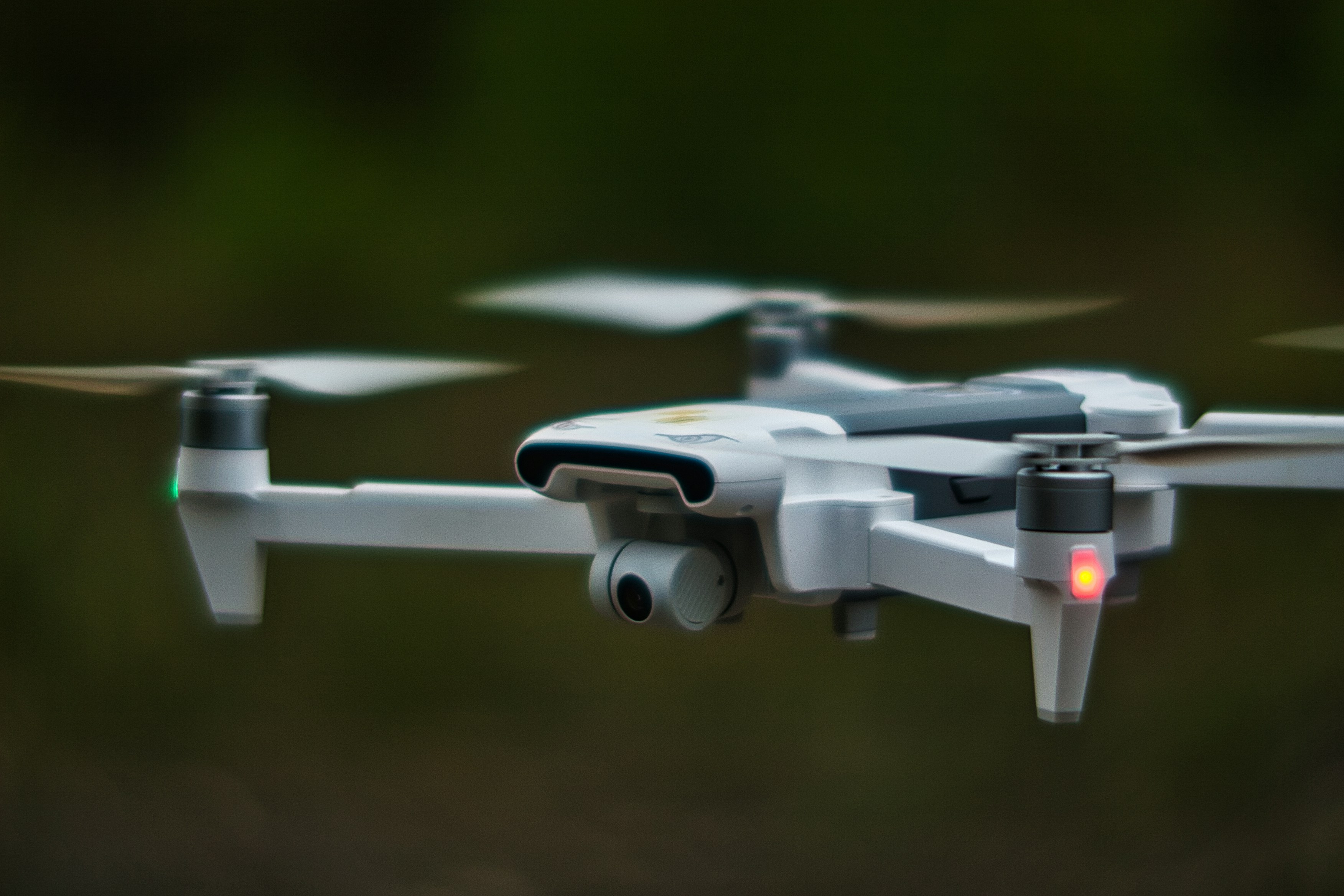About the programme
As a Graduate Naval Architect at Babcock, you will embark on a two-year rotation through some of the most complex engineering projects in the world today. You will be at the centre of defining your path through the programme, identifying those placements that suit your career ambitions, guided by a professional mentor and supported by the early careers team every step of the way.
As part of this programme, we encourage mobility across our sectors to give you a broader experience and wider exposure to our business.
Naval Architecture at Babcock
The activities in this area are many and varied, and Babcock’s wide range of engineering projects and industrial sites means you’ll never be far from your next challenge.
You might be helping us dock a 16,000-tonne nuclear submarine, assess aircraft carrier flight deck structure for F35 Lightning landing loads, analyse mooring arrangements for Type 31 frigates, design systems to withstand wartime explosive events, or define the stability requirements for surfacing a nuclear submarine through the polar ice cap. What’s certain is that you’ll work alongside – and learn from – over 300 of the most respected naval architects and structural engineers in the world.
You’ll learn how to analyse and design various aspects of floating vessels and structures, including hull form, arrangement, stability, structures, resistance, propulsion and human factors. In the process, you’ll be making a real contribution to the wider business. Previous graduates have worked on everything from naval ships, in service or decommissioned submarines to small boats, and commercial vessels and platforms. They have helped us develop unmanned surface vessel support solutions and even been involved in next generation submarine pre-concept engineering.
Within Babcock you’ll also have opportunities to further the field of Naval Architecture through research, attendance and presenting at industry recognised conferences. We place a high emphasis on continuous professional development with support throughout your career to help you progress towards professional registration and we have close links with both professional and academic institutions within the field.
What you'll need
- We accept a wide range of STEM-based degrees such as Naval Architecture, Ship Science, Maritime/Marine Engineering, Marine Technology, Structural Engineering, Physics, and Mathematics, to name but a few. A degree accredited by RINA/IMarEST is preferred.
- Many of our early careers roles are subject to Security Clearance and Trade Control restrictions which mean that your place of birth, nationality, citizenship, or residency you hold or have held may impact which roles you are eligible for.
What you'll get
We’ll provide you with a supportive and engaging environment where you can grow your career.
In addition, you’ll benefit from:
- A minimum of 25 days of holiday plus bank holidays, with agile working options subject to discussion with your manager
- Generous pension and employee share schemes
- Adaptable benefits, including cycle to work scheme, discounts
- Employee assistance programme supporting physical, mental and financial wellbeing
You’ll also have the chance to get involved in our STEM outreach activities and volunteering opportunities.
Your career development
It’s hard to beat the variety of fantastic opportunities and business experiences you’ll receive. You can expect real world encounters and exposure to exciting projects that will really help you navigate where you want to take your career.
Plus, when you join us, you’ll be automatically enrolled onto our Graduate Development Programme. Through a series of digital and face to face sessions, presented by wellbeing and performance experts and our external partner Gen Healthy Minds, we will equip you with the knowledge and tools you need to thrive and perform at your very best on your programme and beyond.
#J-18808-Ljbffr


